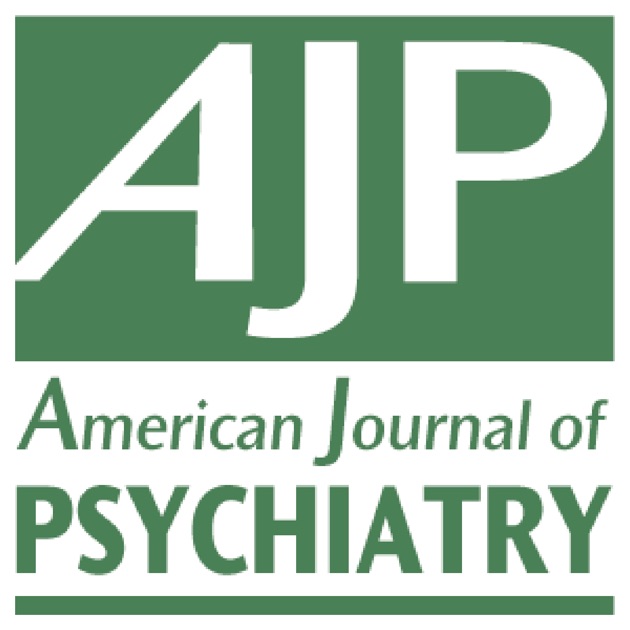
“Exposure to stressful situations is one of the risk factors for the precipitation of several psychiatric disorders, including Major Depressive Disorder, Posttraumatic Stress Disorder and Schizophrenia.
The hippocampal formation is a forebrain structure highly associated with emotional, learning and memory processes; being particularly vulnerable to stress. Exposure to stressful stimuli leads to neuroplastic changes and imbalance between inhibitory/excitatory networks. These changes have been associated with an impaired hippocampal function.
Endocannabinoids (eCB) are one of the main systems controlling both excitatory and inhibitory neurotransmission, as well as neuroplasticity within the hippocampus.
Cannabinoids receptors are highly expressed in the hippocampus, and several lines of evidence suggest that facilitation of cannabinoid signaling within this brain region prevents stress-induced behavioral changes.
Also, chronic stress modulates hippocampal CB1 receptors expression and endocannabinoid levels.
Moreover, cannabinoids participate in mechanisms related to synaptic plasticity and adult neurogenesis. Here, we discussed the main findings supporting the involvement of hippocampal cannabinoid neurotransmission in stress-induced behavioral and neuroplastic changes.”
https://www.ncbi.nlm.nih.gov/pubmed/29311804
https://www.frontiersin.org/articles/10.3389/fnmol.2017.00411/full








